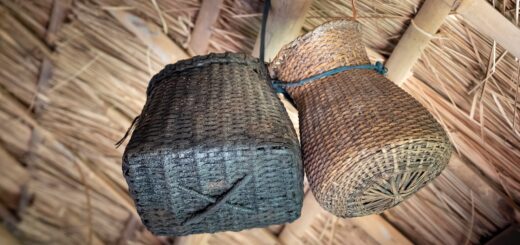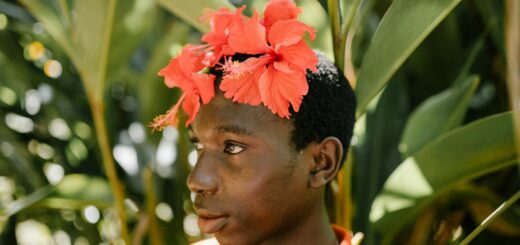Unveiling Ayahuasca: An Odyssey into its History and Origins
For many, Ayahuasca represents a mystical and spiritual awakening, a journey into the depths of consciousness and understanding. This entheogenic brew embedded in the spiritual practices of numerous indigenous cultures, finds its roots deep within the enchanting Amazon rainforest. The history and origins of this sacred plant medicine warrant exploration, illuminating the profound connection between shamanism, healing rituals, and the psychotropic effects induced by consumables such as Ayahuasca.
Ayahuasca is a powerful brew traditionally utilized within indigenous tribes of the Amazon. The chemical DMT (Dimethyltryptamine) present in the brew, is responsible for its potent psychoactive effects. If one takes a step back to look at the etymology of the word, ‘Ayahuasca’ is a term of Quechua origin, where “Aya” means soul or spirit, and “Huasca” translates as vine or rope, collectively representing the “vine of the spirits”.
Historically, the origins of Ayahuasca remain shrouded in mystery. However, archaeological evidence suggests its use dates back to more than a thousand years ago. Ceramic vessels excavated in Ecuador and adorned with Ayahuasca-related imagery infer its consumption in ancient shamanic rituals. Yet, it’s only in the early 18th century when the Western world got wind of this potent brew, recorded in texts of Christian missionaries traversing the Amazon rainforest.
The primary ingredients of Ayahuasca are the leaves of the Psychotria Viridis shrub, containing DMT, and the stalks of the Banisteriopsis caapi vine which have MAOIs (Monoamine oxidase inhibitors). The latter facilitates the absorption of DMT into the bloodstream. It’s fascinating how indigenous cultures, with no formal scientific understanding, discovered this unique combination that unleashes Ayahuasca’s full potential. Some tribes recount their knowledge of the brew as being from the instruction of the plants themselves, enhancing the mystical aura surrounding Ayahuasca.
Ayahuasca sits at the heart and hearth of numerous indigenous tribes like the Shipibo, the Quechua Lamistas, the Asháninka, and many others inhabiting the Amazon basin. The brew is a crucial cog in their spiritual machinery, with an esteemed place in their healing rituals, frequently administered in ceremonial contexts under the vigilant eye of a shaman. These ceremonies often involve chants or ‘Icaros’, believed to create a spiritual connection and invoke healing spirits.
What’s equally intriguing about Ayahuasca is the strong affinity it shares with shamanism. Shamans, or spiritual leaders across several indigenous cultures, use Ayahuasca to venture into other realms, seek spiritual insights, or even diagnose and heal illnesses. The visionary experiences induced by the brew are considered a means of interacting with the spiritual world. Across centuries, Ayahuasca has remained central to shamanistic practices in the Amazonian regions.
In recent decades, Ayahuasca has caught global attention, its use expanding beyond the indigenous contexts to urban landscapes, and Western societies, where it’s enlisted in spiritual healing, psychotherapy, and personal growth pursuits. This has led to considerable interest from scientific communities, investigating Ayahuasca’s potential for treating various conditions such as depression, addiction, and PTSD.
As the world journeys deeper into the consciousness-expanding effects of Ayahuasca, it’s clear that this magic brew, born in the heart of the Amazon, embodies a rich cultural heritage, shaped by centuries of indigenous wisdom and practices. It’s more than just a psychotropic brew – Ayahuasca is a testament to the ancient wisdom imparted by the Amazon rainforest, a testament to mankind’s eternal quest for spiritual knowledge and healing.
However, with growing interest comes the responsibility of preserving the indigenous traditions and ensuring sustainable use of the rainforest resources. After all, Ayahuasca is a poignant reminder of how the age-old wisdom of indigenous cultures continues to unravel mysteries of the human mind and spirit. As such, it is up to researchers, therapists, explorers, and even recreational users to navigate the path of Ayahuasca with an understanding and respect for its roots in the cultural and biological diversity of the Amazon.

